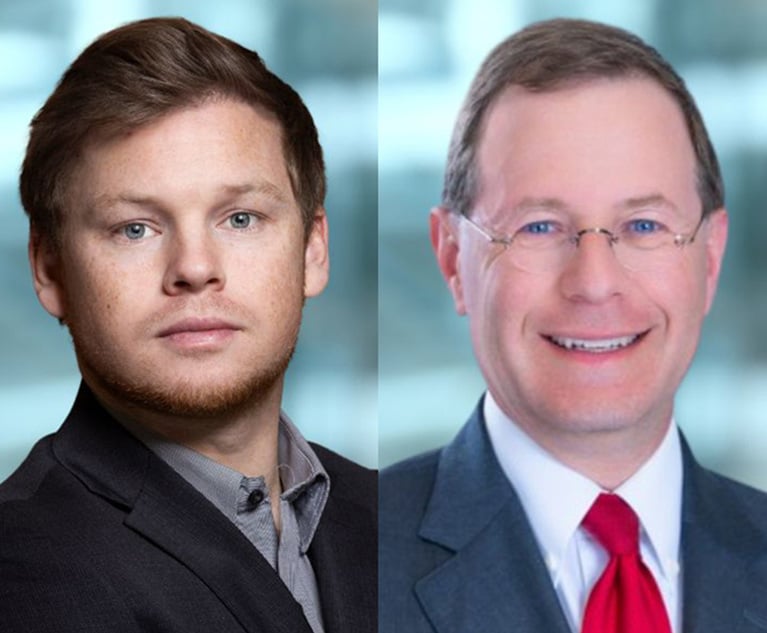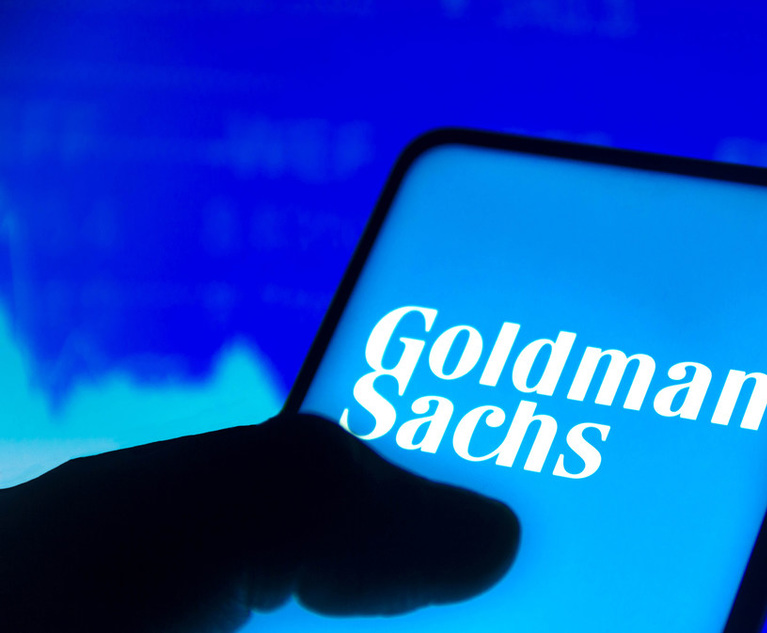In 2018, nearly one in 10 S&P 500 companies were the target of a securities class-action suit, and the number of those suits has more than doubled in the last four years. In the face of that onslaught of litigation, it is critical that courts maintain the protections against frivolous private securities suits that Congress put in place in the Private Securities Litigation Reform Act (PSLRA). Among those protections is a codification in 15 U.S.C. § 78u-4(b)(4) of the “loss causation” requirement—that is, the requirement of proof that a defendant’s alleged misrepresentation “caused the loss for which the plaintiff seeks to recover damages.” A company’s stock price may of course decline for a variety of reasons having nothing to do with fraud, including ordinary industry developments or changes in economic circumstances, and companies are not responsible for providing investors with broad insurance against market losses.
In a recent decision, however, the U.S. Court of Appeals for the Ninth Circuit effectively read the loss-causation requirement out of existence. The Ninth Circuit ruled in 2018 in First Solar v. Mineworkers Pension Scheme that loss causation does not require any showing of a revelation of fraud to the market, or even any showing of a revelation of the facts concealed by an alleged misrepresentation. Indeed, the Ninth Circuit asserted, a plaintiff may prove loss causation simply “by showing that the stock price fell upon the revelation of an earnings miss, even if the market was unaware at the time that fraud had concealed the miss.”


 U.S. Supreme Court building. Photo: Diego M. Radzinschi/ALM
U.S. Supreme Court building. Photo: Diego M. Radzinschi/ALM




